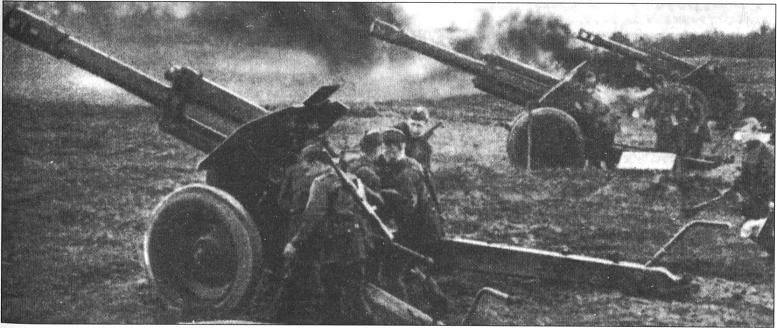
| Year | 1943 |
| Weapon Type | Heavy Howitzer |
| Origin & Designer | Russia/Petrov |
| Numbers Produced | 2.827 |
| Crew | 8 |
| Calibre | 152.4mm |
| Elevation | -3° to +63° |
| Traverse | 35° |
| Breech | Interrupted Screw |
| Recoil | Hydropneumatic |
| Gun Sight | [@gun_sight] |
| Gun Mount | [@gun_mounts] |
| Carriage | Split Trail |
| Trailers | [@trailers] |
| Gun Shield | 3.5mm |
| Armoured Plate | [@armoured_plate] |
| Barrel Length | 4.207mm (L/24.6) |
| Overall Length | 8.90m |
| Width | 2.27m |
| Height | 2.34m |
| Weight | Weight in Traction: 3.640 kg Weight in Action: 3.600 kg |
| Round Weight | 43.5 kg |
| Muzzle Velocity | 508 m/s |
| Feed | [@feed] |
| Magazine Capacity | [@magazine_capacity] |
| Practical Rate of Fire | [@practical_rate_of_fire] |
| Rate of Fire | 3-4 r.p.m. |
| Maximum Rate of Fire | [@maximum_rate_of_fire] |
| Maximum Ceiling | [@maximum_ceiling] |
| Maximum Ground Range | [@maximum_ground_range] |
| Maximum Range | 12.400m |
| Armour Penetration | [@armour_penetration] |
| Traction | Motorised |
| Variants | [@variants] |
| Notes | In 1942 the Soviet high command wanted a new divisional howitzer to replace the 152mm M-10. The new weapon had to be mobile and have a calibre of 152mm. The problem was solved by mounting the barrel from the 152mm M-10 (adding a new muzzle break) on the chassis of the 122mm M-30. The result was a modern medium howitzer, which was mobile and had decent range. It was adopted as the 152mm D-1 and issued to corps artillery regiments. |